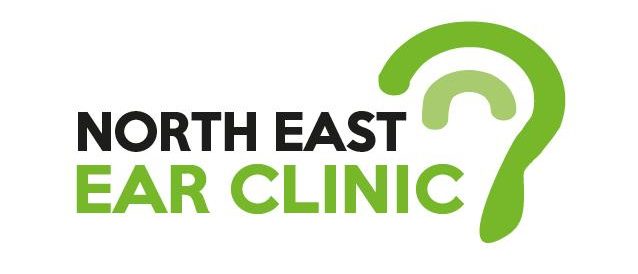Micro-Suction
Micro suction is the most modern, advanced, safest, and pain-free form of ear wax removal. It is carried out with a specialist pump that gently sucks the earwax out of the ear. The procedure is undertaken using special microscope glasses. This allows the professional to clearly see exactly what they are doing makeing it the safest and most comfortable method of earwax removal. No liquids are used during the procedure which significantly reduces the risk of damage to the eardrum and infection.
Unlike ear syringing and ear irrigation, micro suction wax removal can be performed in people who have a perforated eardrum or grommet, mastoid cavity or cleft palate.
Low Pressure Irrigation (Ear Syringing)
Low-pressure irrigation is often used if there is deep lying wax that cannot be removed by other methods. The procedure is undertaken with either a manual or electronic spray type ear wash. The stream is aimed at the walls of the ear canal avoiding the ear drum.
Please note: not everyone is suitable for earwax removal by irrigation. Ear irrigation is not appropriate if you:
- have had any ear surgery or had a middle ear infection (otitis media) in the past six weeks.
- have a perforated eardrum
- have a discharge of mucus from your ear or have had an ear infection in the preceding two months.
- have recurring or persistent infections of the ear canal.
Manual removal
Manual removal of earwax is also effective. Using special miniature instruments and a microscope to magnify the ear canal. Manual removal is sometimes preferred if your ear canal is narrow, the eardrum has a perforation or tube, other methods have failed, or if you have diabetes or a weakened immune system.
Preparation for wax removal
It is recommended to use earwax softening drops for 3-4 days before an appointment, to soften and loosen built up or impacted ear wax . Ear wax drops very rarely remove the ear wax. This is beneficial if you are going for professional ear wax removal as softer, looser wax is easier to remove than hard, impacted wax.
There are several types of ear drops that you can use to loosen and soften ear wax. such as olive oil, almond oil and bicarbonate of soda. We do not recommend the use of hydrogen peroxide although proprietary drops such as Otex which contain hydrogen peroxide are safe to use but can be harsher on the lining of your ear canal so follow the instructions carefully.If you are not sure, ask your pharmacist for advice.
Caution: If a perforation of the ear drum has been diagnosed in the past, drops should be avoided (unless you are certain it has healed), as they may cause issues with middle ear infections. Do not use almond oil if you have a nut allergy.
Using drops
Drops need to be applied at body temperature – hold the bottle in your hand for a minute or two before applying. You will be better off with an ear wax oil that has a spray top. If you cannot get a spray bottle, use a dropper.
The ear should be facing upwards when the oil is applied to make sure that it comes into contact with the wax plug, so lie on your side. Pull the outer ear gently backwards and upwards to straighten the ear canal. Put 2-3 sprays or drops of oil into the ear and gently massage the tragus (the small flap just in front of the ear) for about 30 seconds. Once applied, stay lying on your side for 10 minutes. This ensures that the wax gets a chance to soak up the oil and soften. Then you can sit up and wipe away any excess which will come out of the ear but do not plug your ear with cotton wool as this simply absorbs the oil.
Your ear may feel more blocked after using oil or drops because the wax absorbs the oil and expands. For some people, using oil/drops may also induce fluctuations in your hearing and mild discomfort or irritation.
If you are not sure, ask your pharmacist for advice.
If you wear hearing instruments, and oil enters the hearing aid, it may adversely affect the function of the instrument. Therefore, it may be advisable to avoid wearing the hearing aid when drops have recently been administered.




